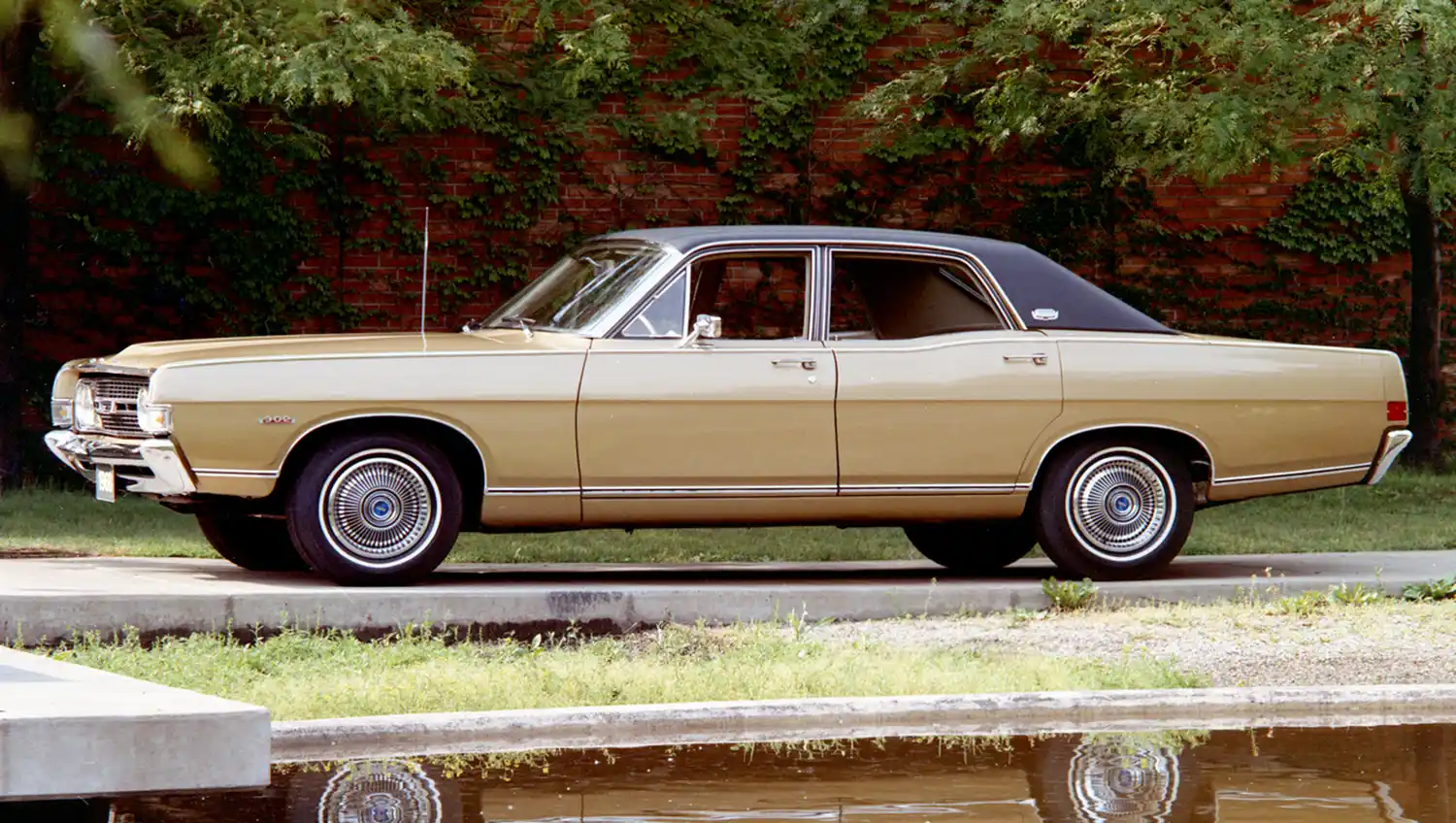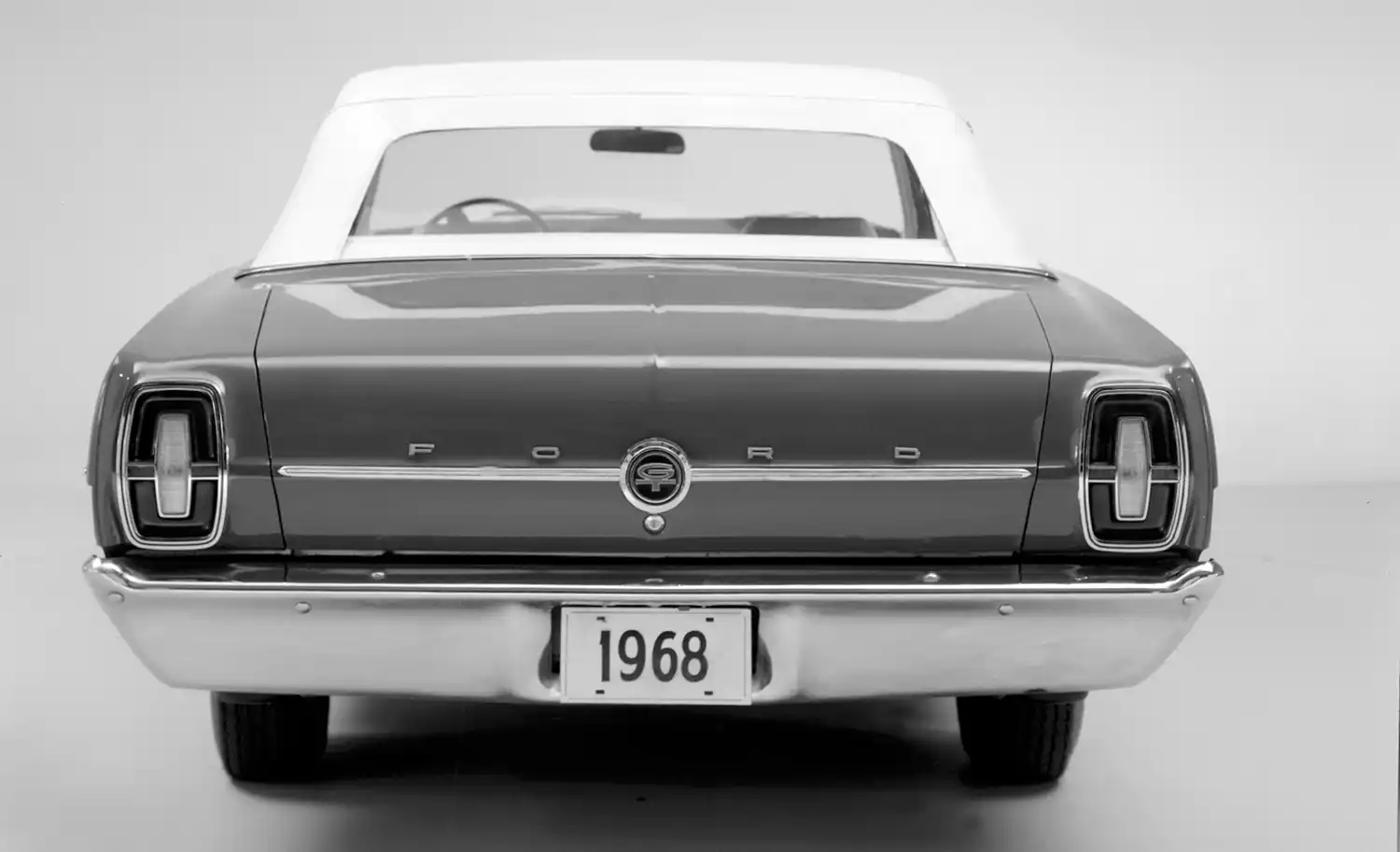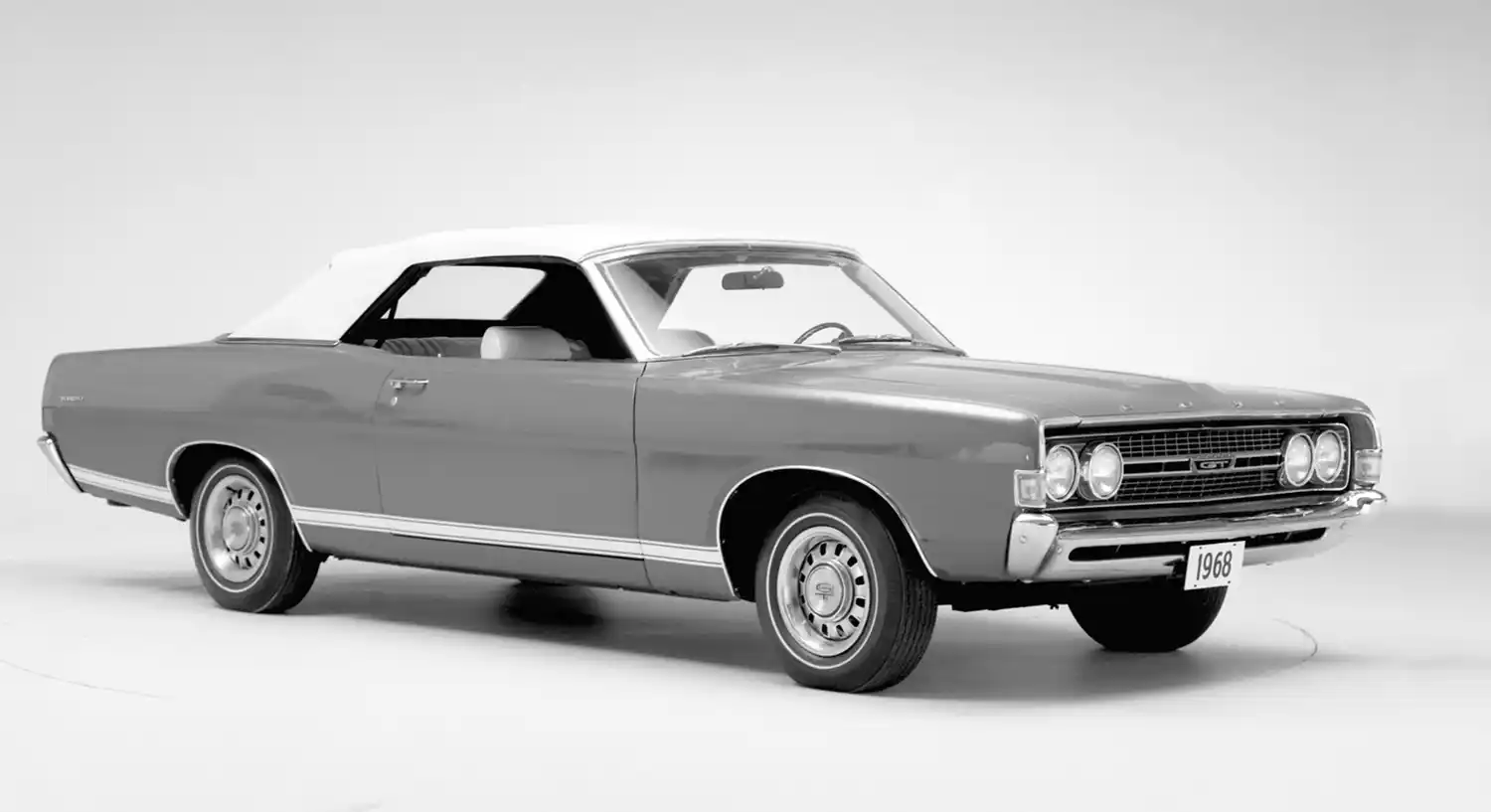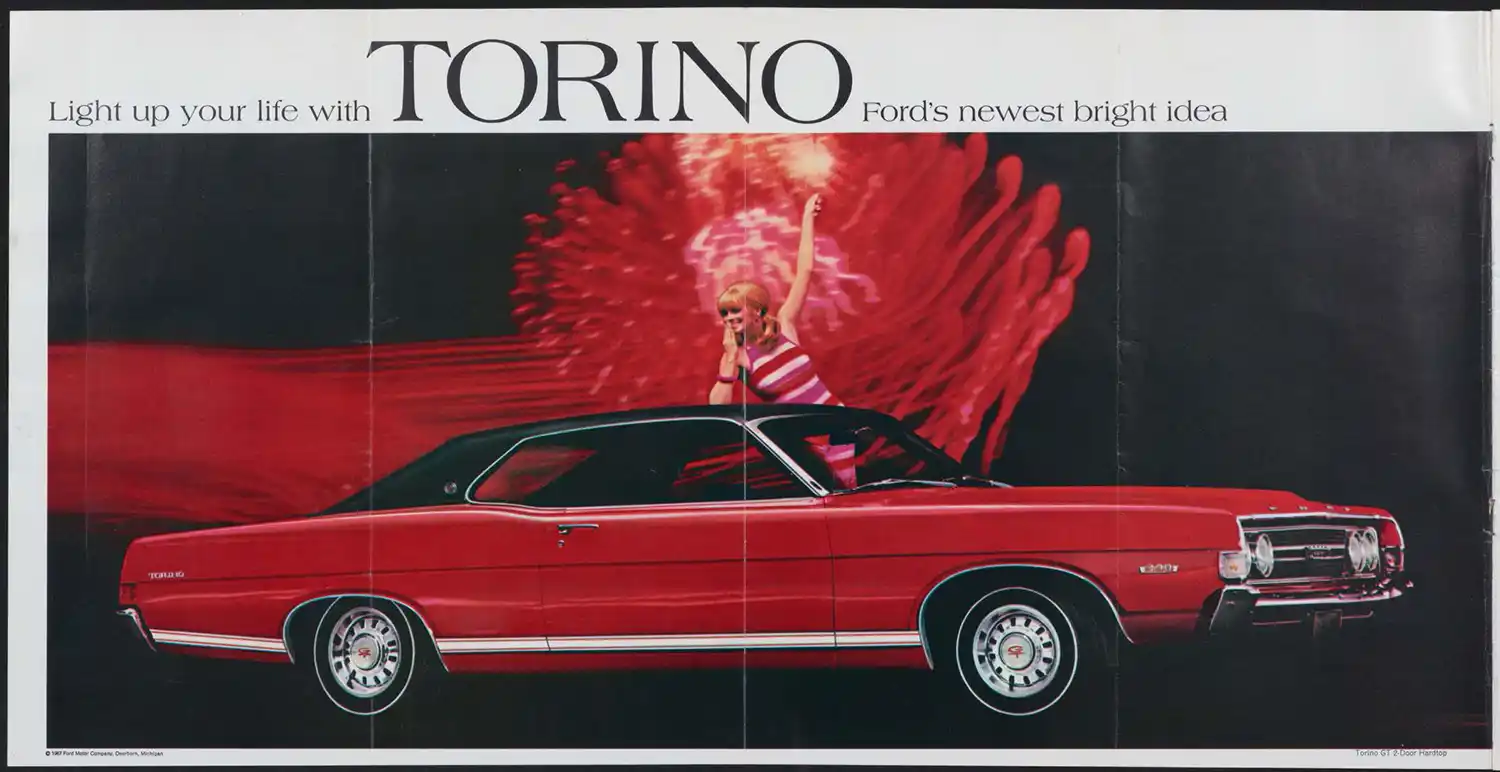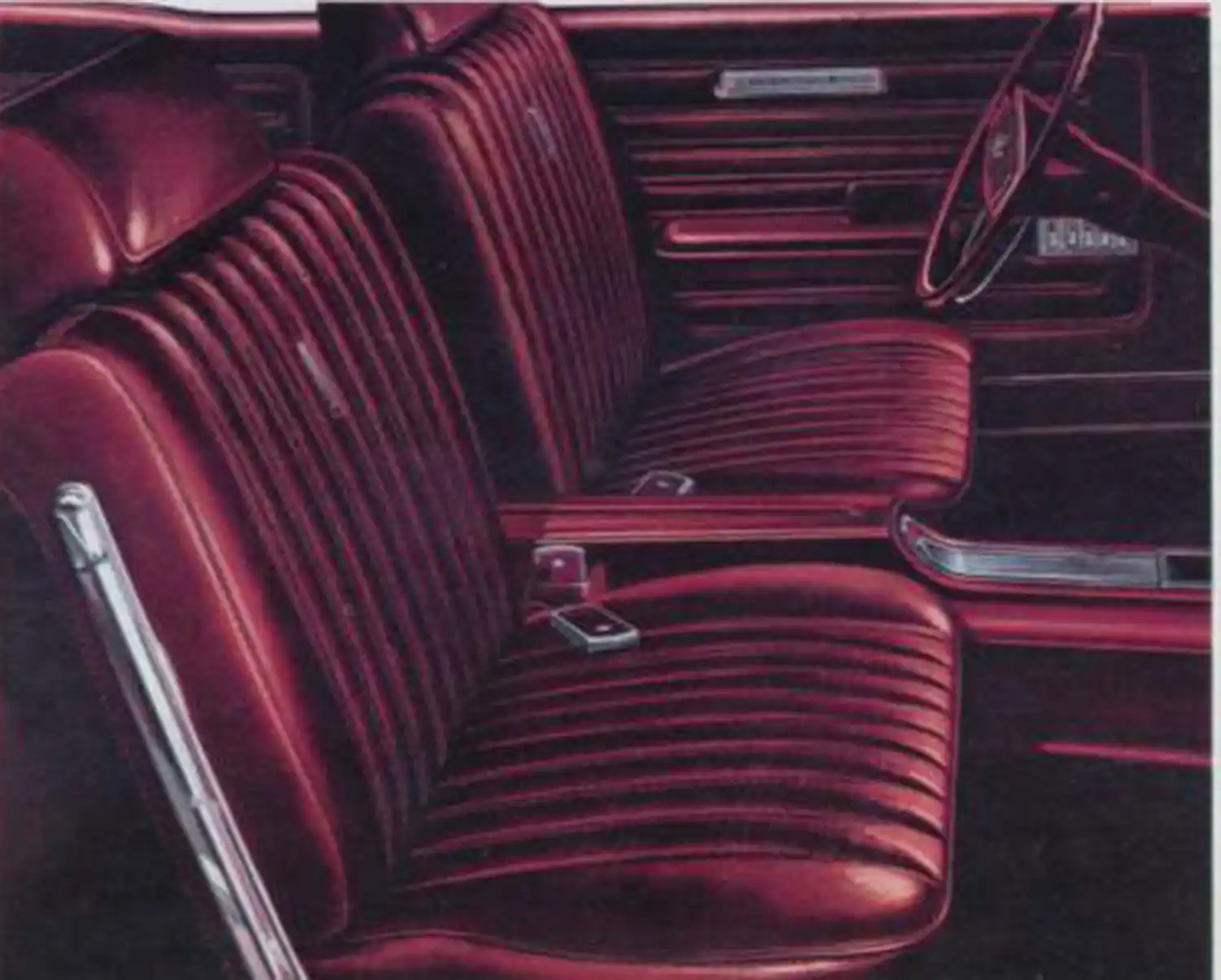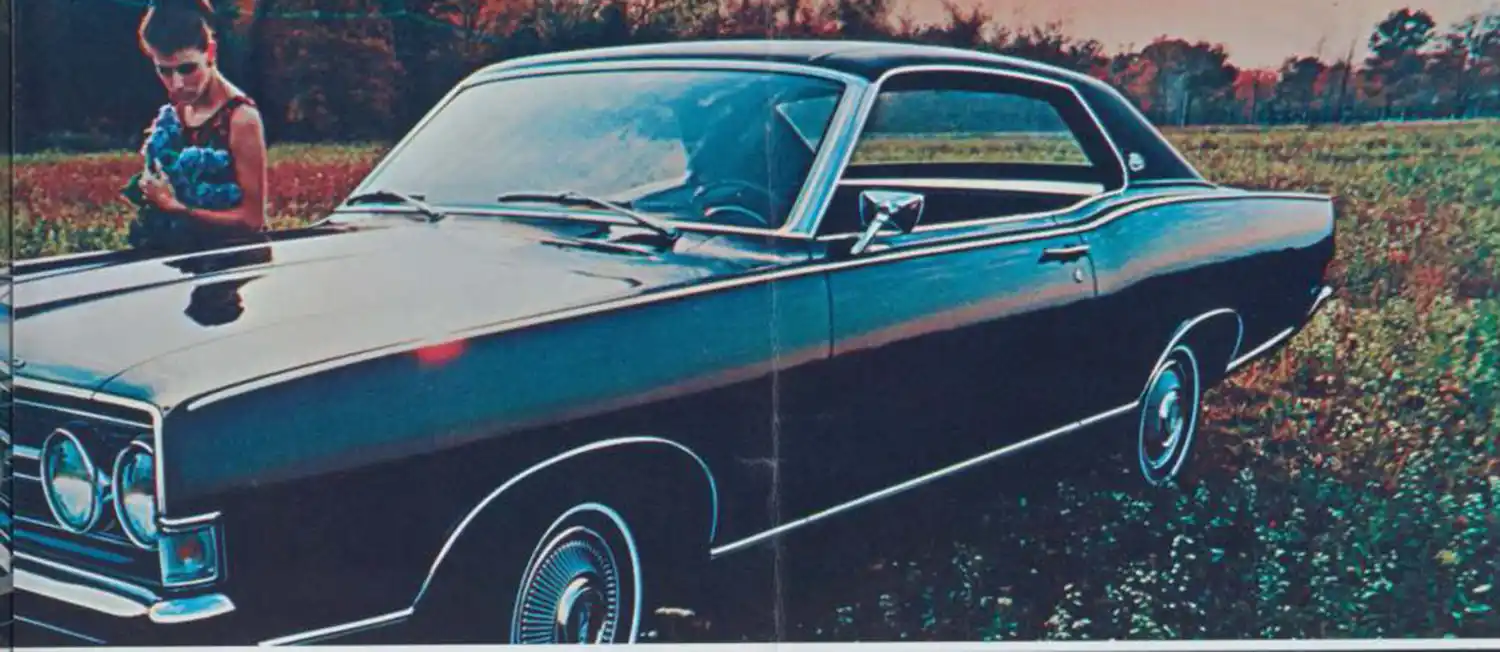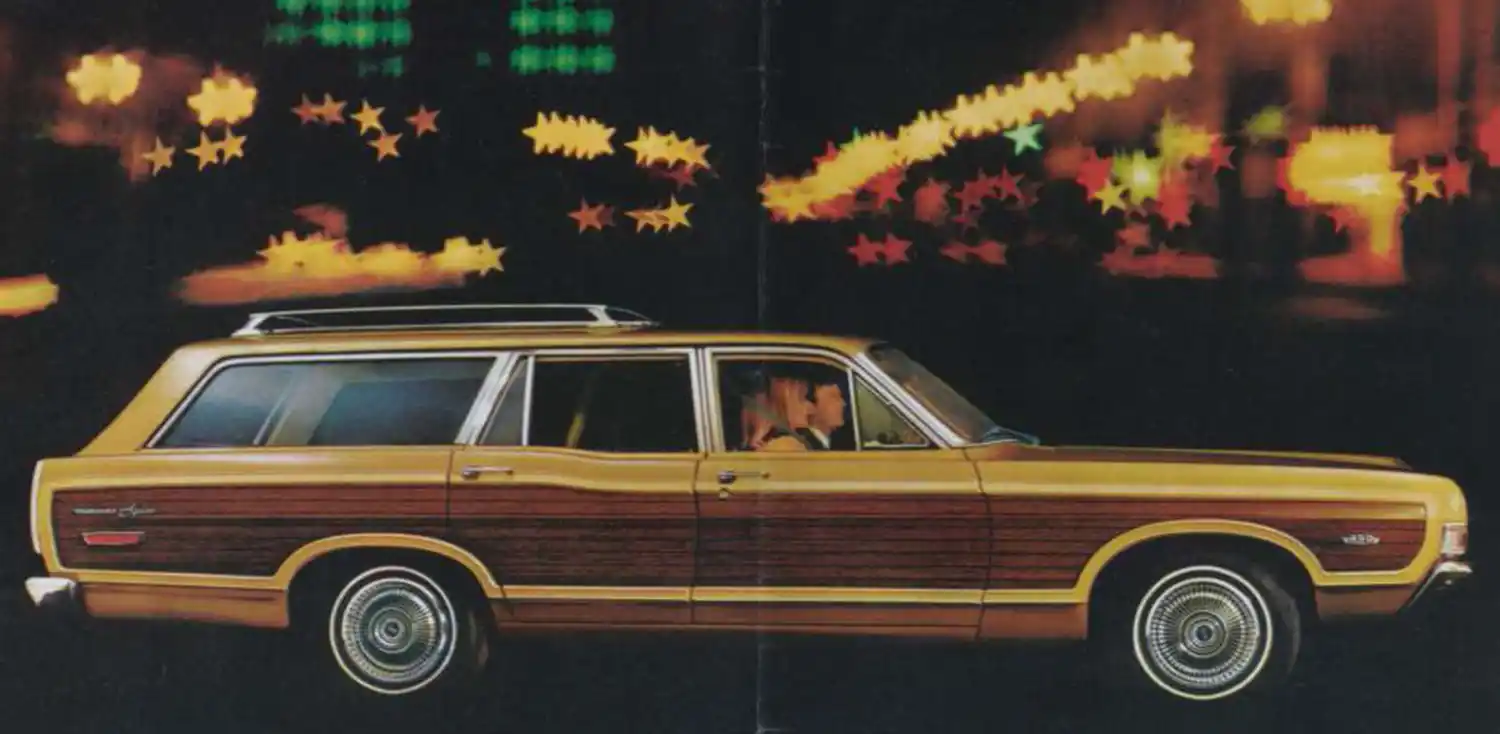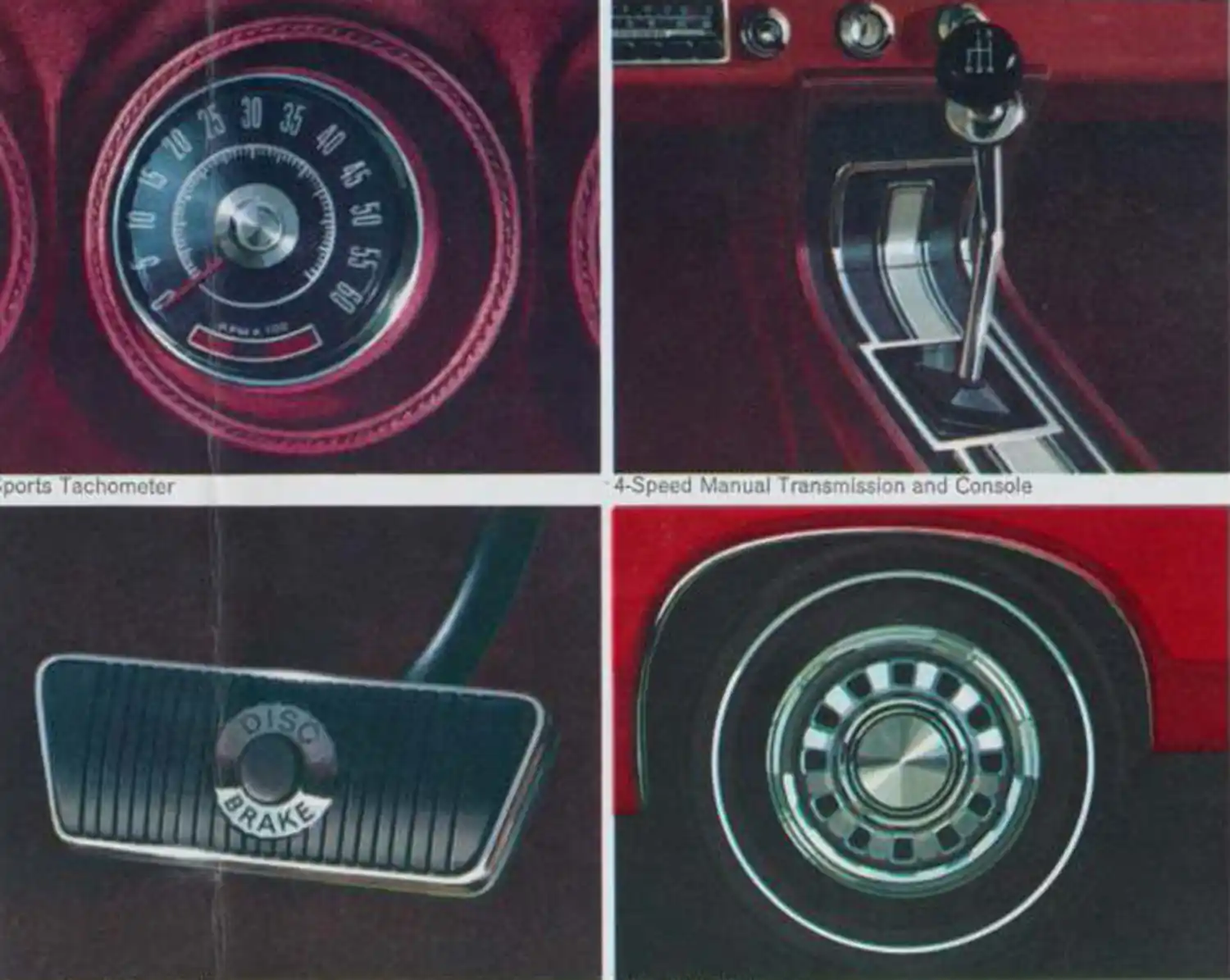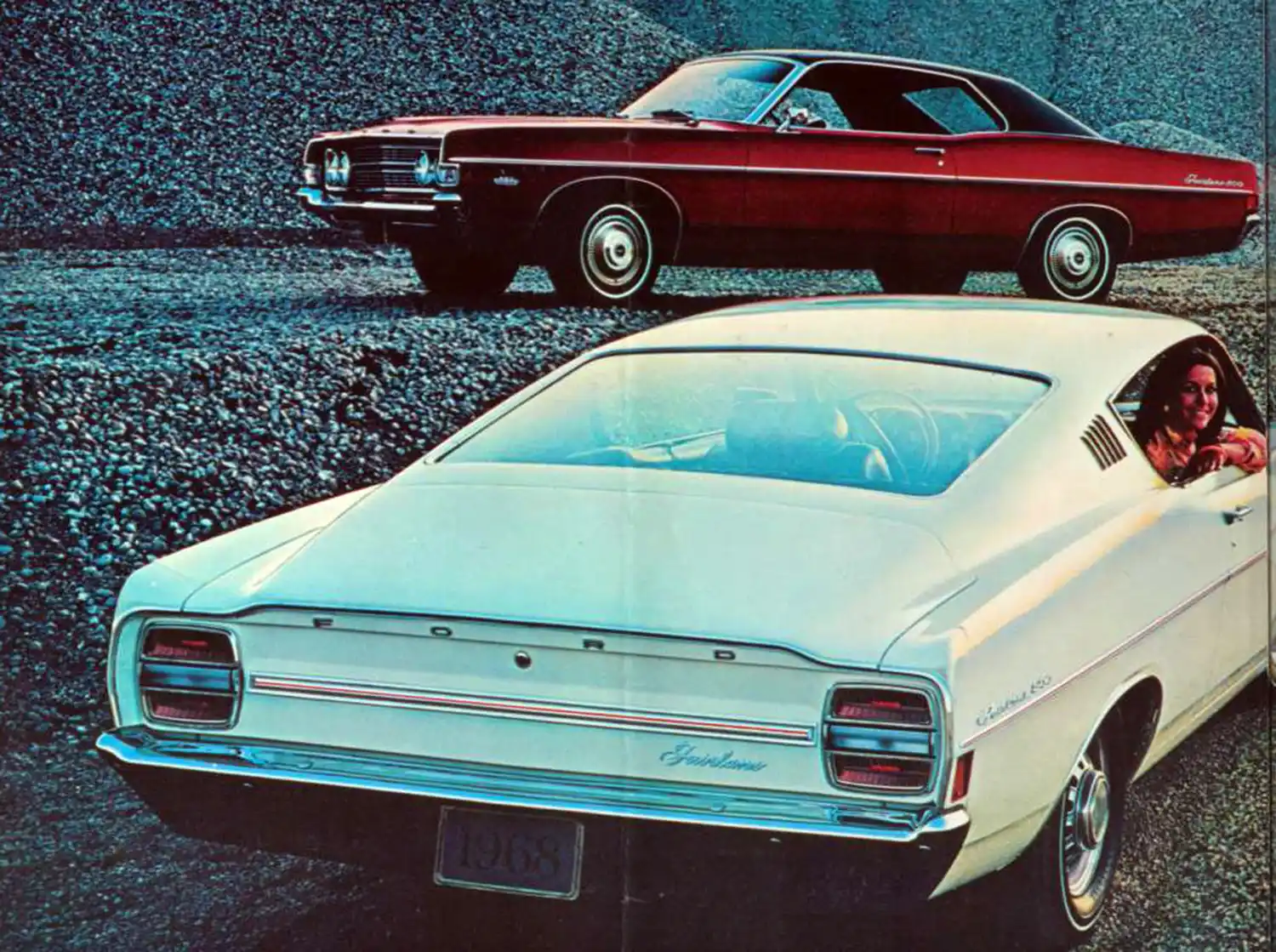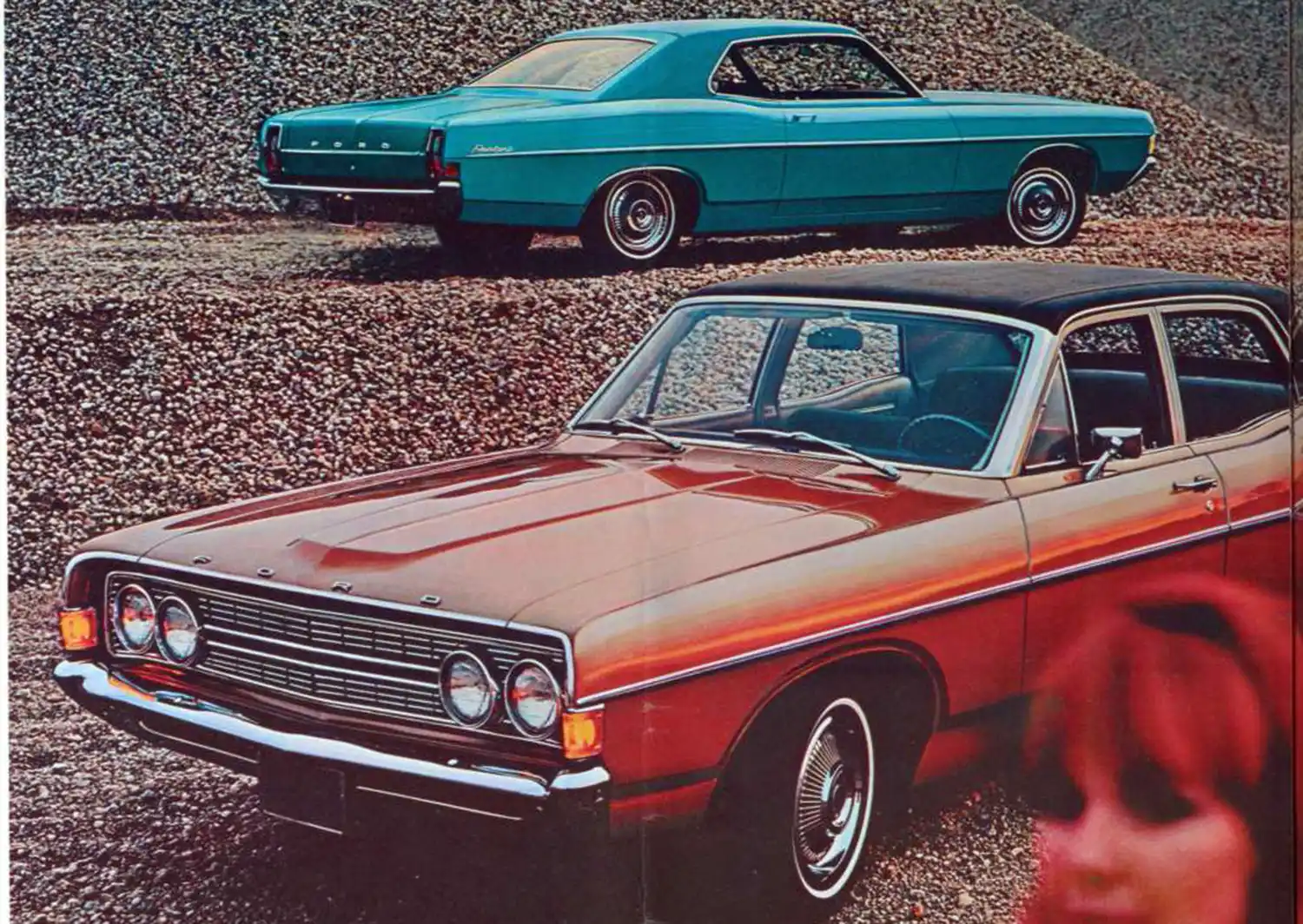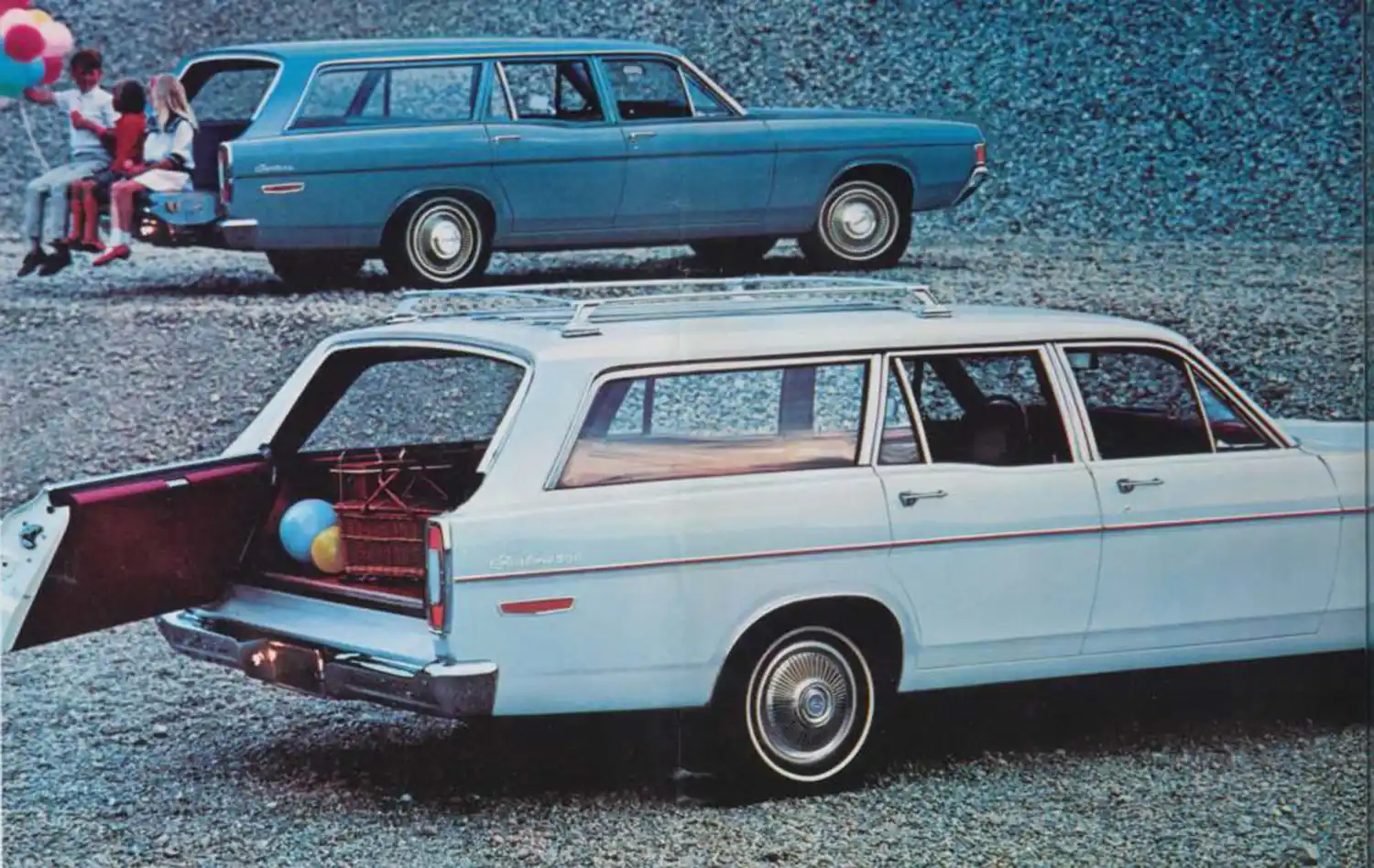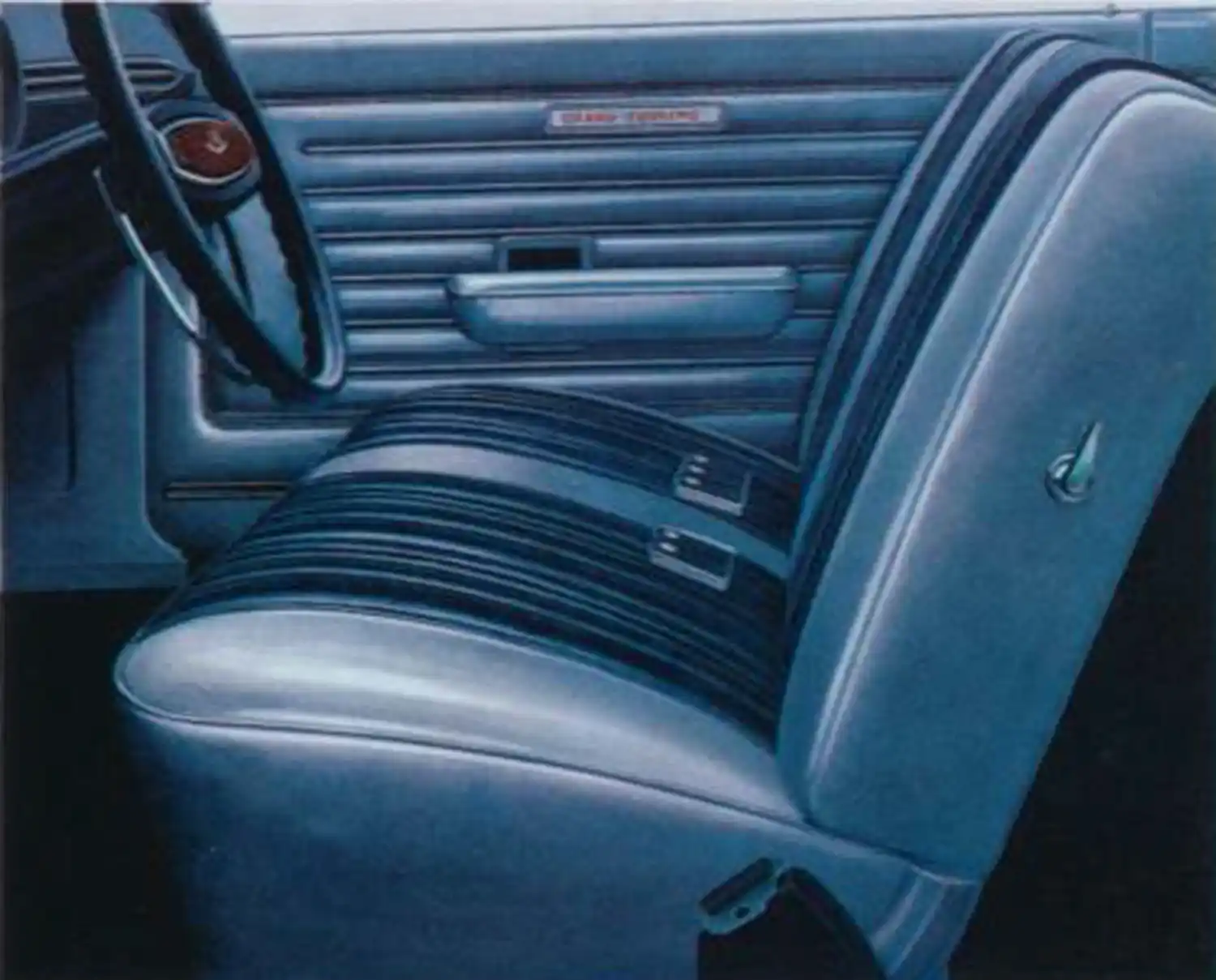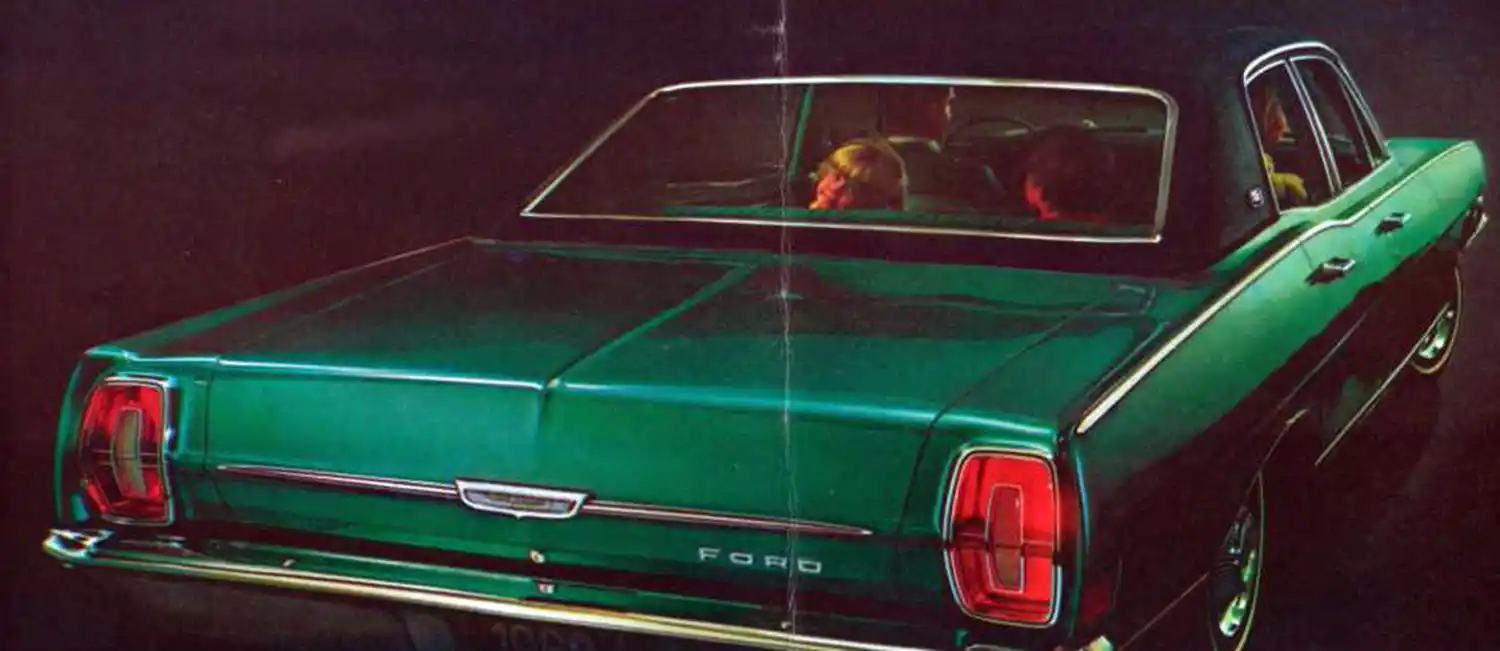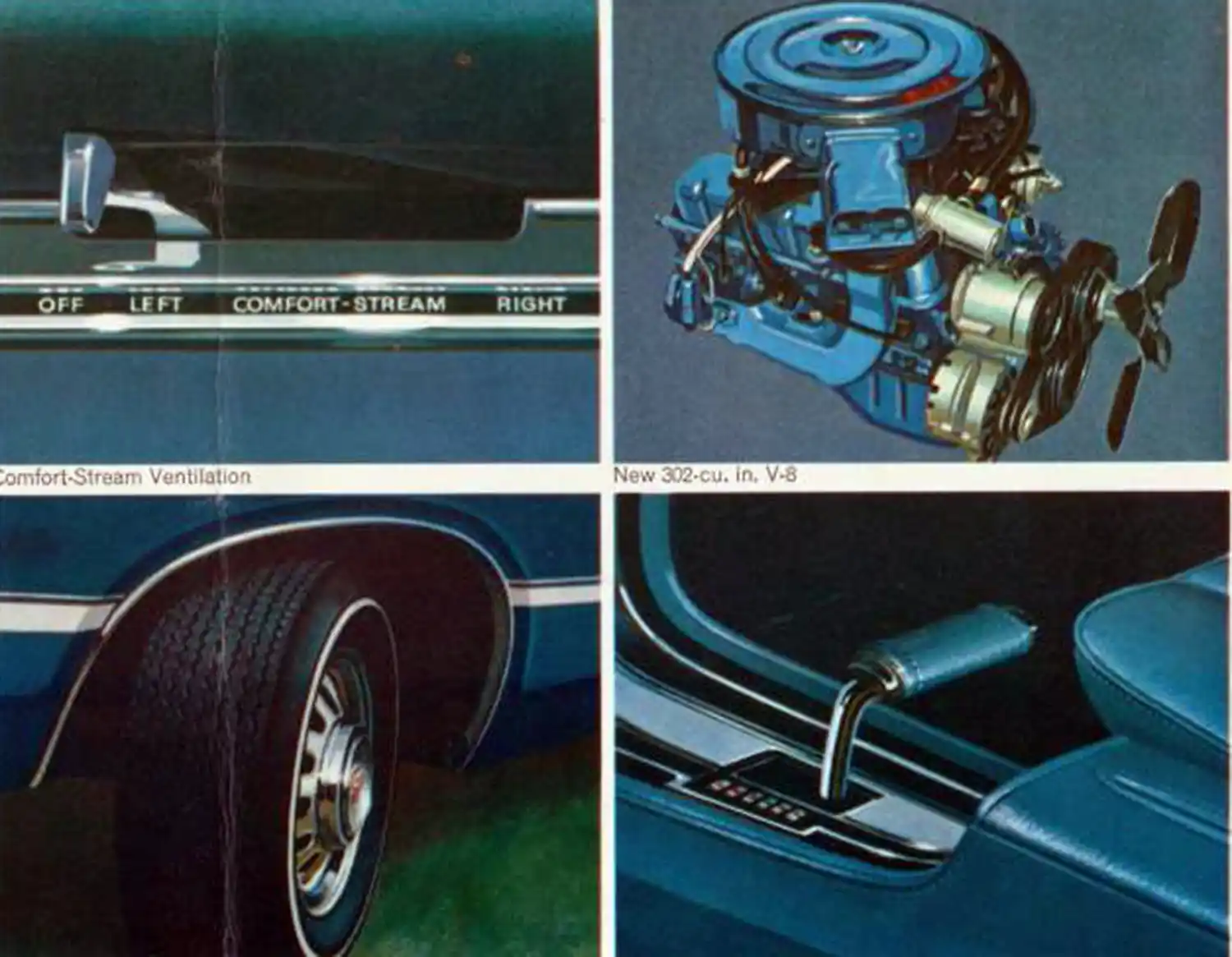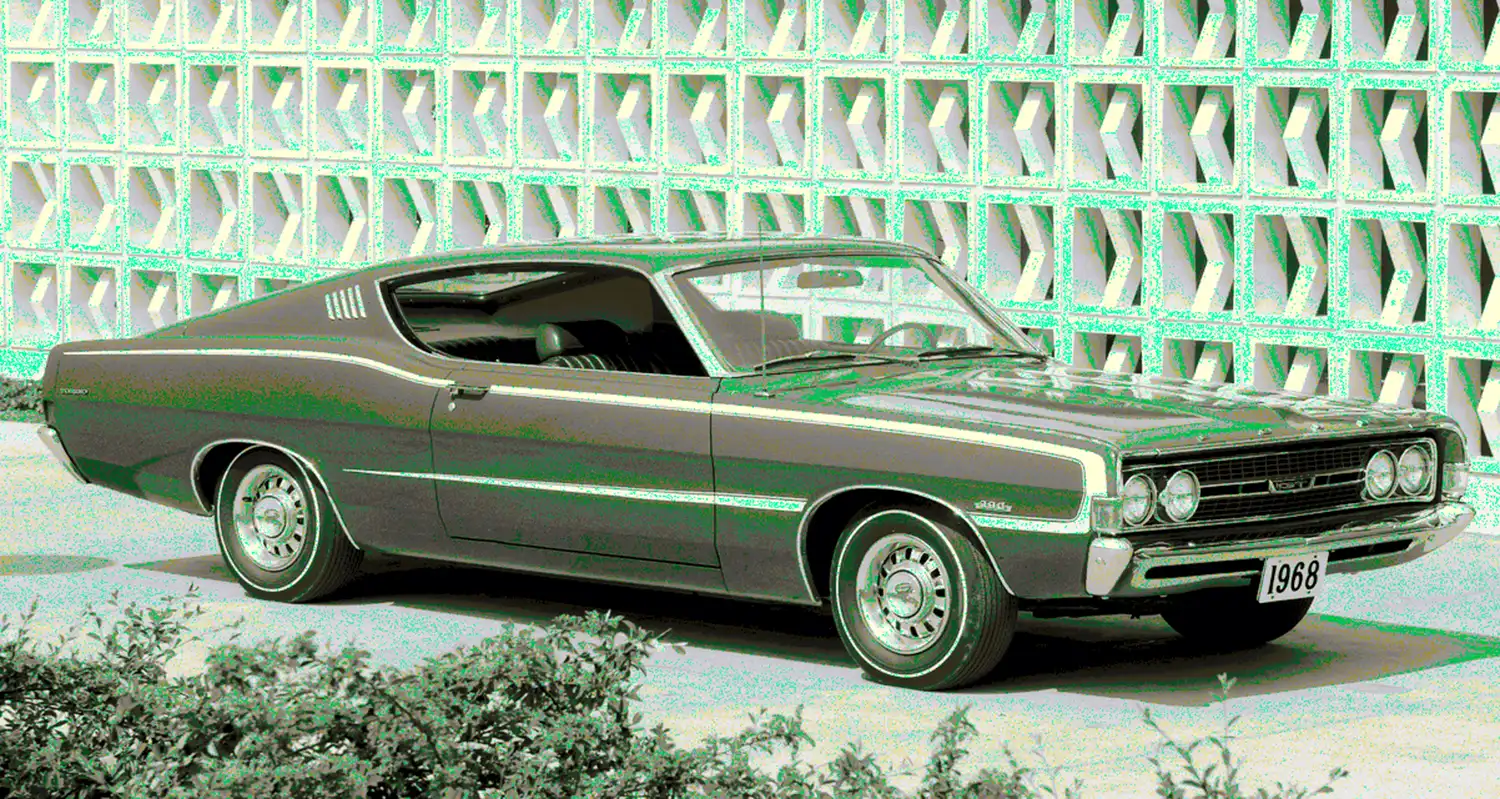
The Ford Torino stands as a pivotal model in American automotive history, representing a significant evolution within Ford’s intermediate car lineup. While often recognized as a distinct nameplate, the Torino’s origins are deeply intertwined with another well-established Ford model: the Fairlane. Its journey from an upscale trim level to becoming the dominant name for Ford’s mid-sized offerings tells a compelling story of shifting market demands and evolving design philosophies, ultimately cementing its place as a celebrated classic.
The Fairlane Foundation
Before the Torino emerged, the Ford Fairlane had been a staple in Ford’s intermediate-sized vehicle category for years. Introduced in 1962 as a mid-size offering, the Fairlane provided a practical yet stylish option for families and individuals. By the mid-1960s, as consumer tastes diversified and a demand for more luxurious and sport-oriented intermediates grew, Ford recognized the opportunity to expand its presence in this burgeoning segment. The Fairlane had laid a solid groundwork, but the market was ready for a new level of sophistication and performance.
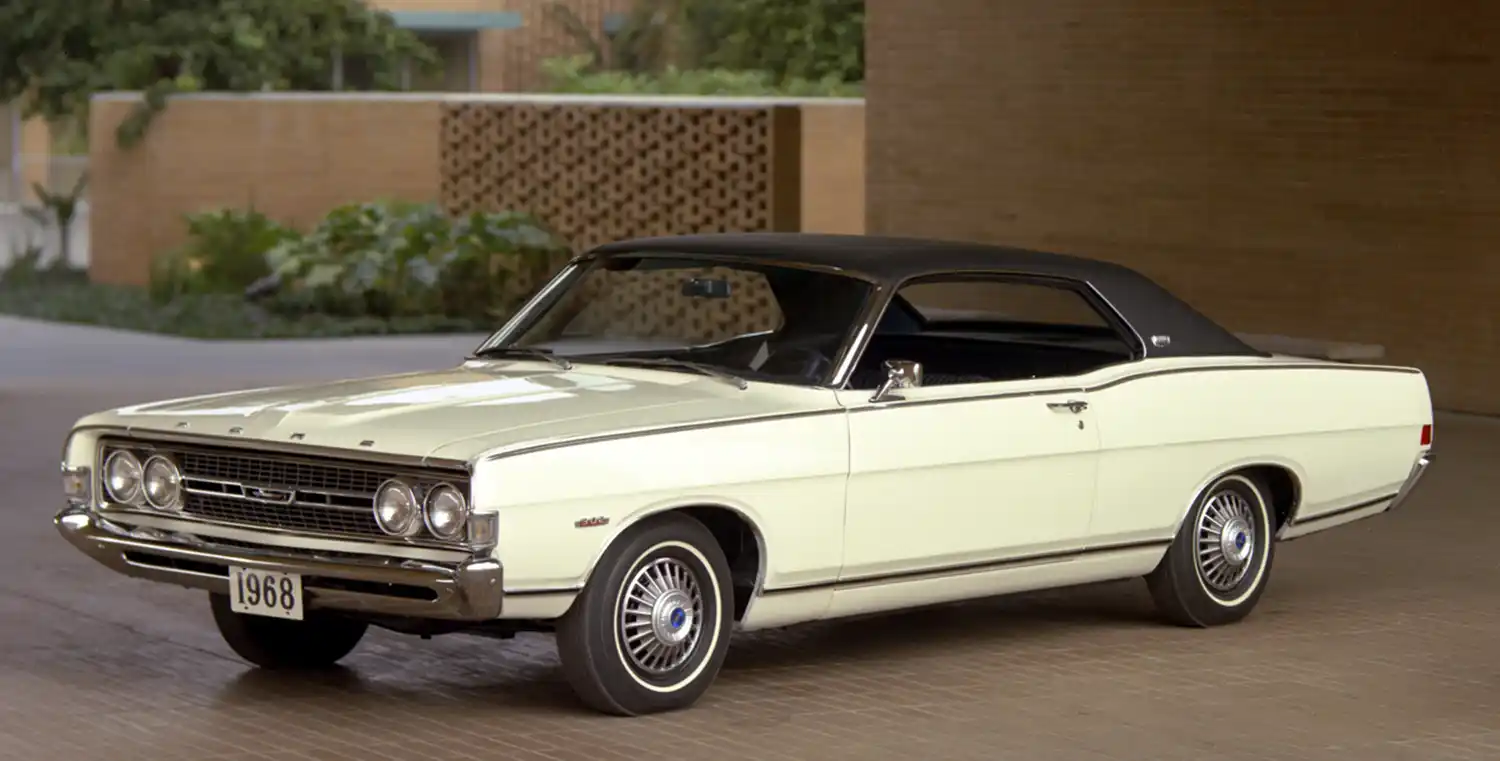
Birth of a Nameplate
For the 1968 model year, Ford introduced the Torino nameplate, not as a standalone model, but as an upscale, more luxurious, and often sportier variant of the existing Fairlane. The Torino was positioned above the standard Fairlane models, offering enhanced styling cues, more refined interiors, and a broader array of comfort and performance options. This strategic move allowed Ford to compete more effectively with similar offerings from Chevrolet, such as the Chevelle Malibu, and Plymouth with its Satellite and Road Runner models. The 1968 Torino quickly established its identity with a more curvaceous, “Coke bottle” design that visually distinguished it from its Fairlane stablemates.

Early Design and Style Of Ford Torino
The initial 1968 and 1969 Ford Torino models showcased a sleek, modern aesthetic that captured the spirit of the late 1960s. These cars featured distinctive body lines, a fastback roof option for the sportier models like the Torino GT, and a more aggressive front fascia compared to the plainer Fairlanes. Chrome accents were generously applied, emphasizing their upscale positioning. The design was carefully crafted to appeal to buyers looking for a vehicle that combined practical dimensions with a sense of sporty elegance and prestige, setting the stage for the Torino’s future prominence.
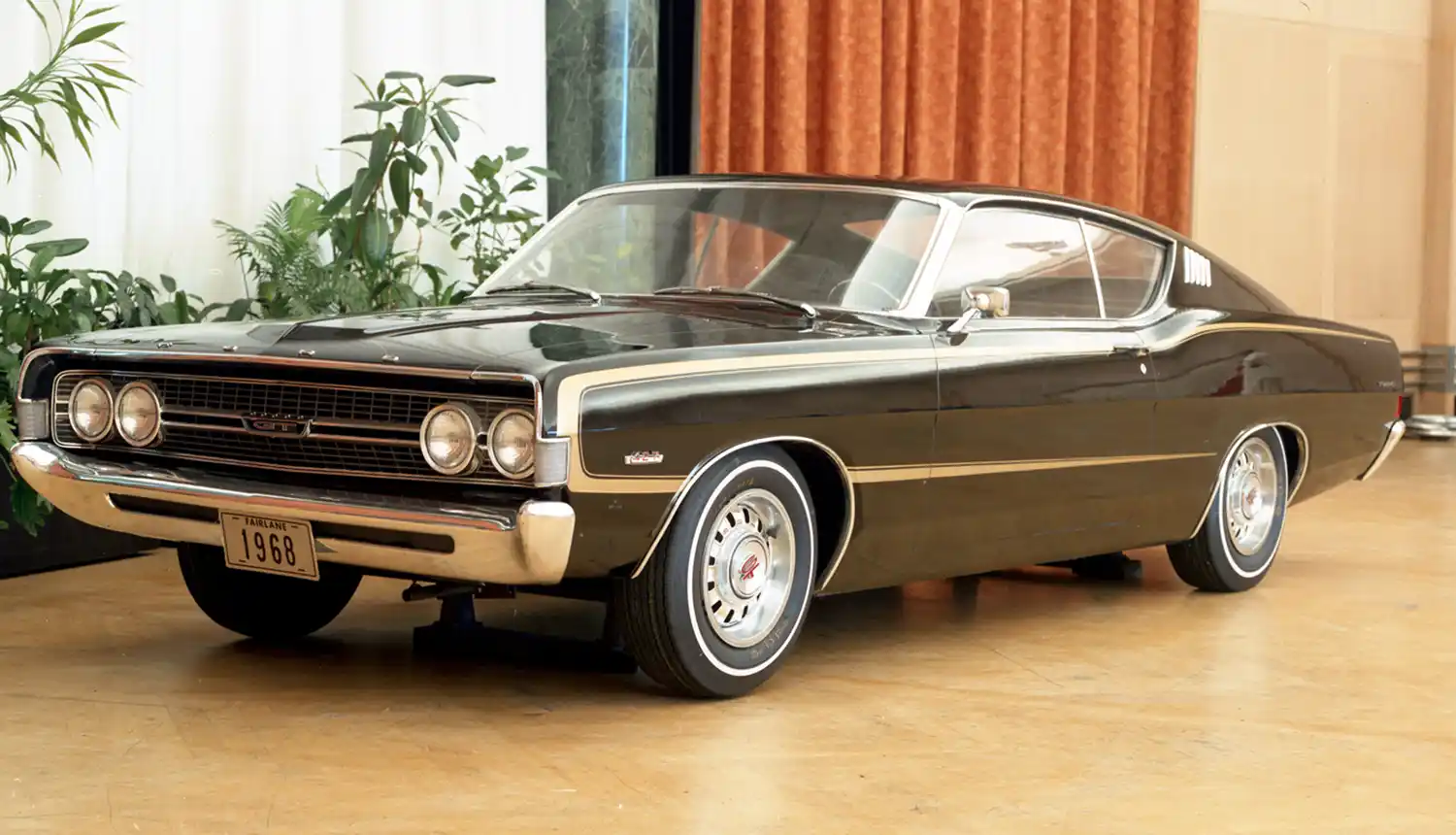
Engine and Performance Evolution
From its inception, the Ford Torino offered a versatile range of engines to cater to diverse customer preferences, spanning from economical six-cylinders to potent V8s. Early models could be optioned with the reliable 200 cubic inch inline-six, while V8 choices included the 289, 302, and eventually the more powerful 390 cubic inch engines. For performance enthusiasts, the 1968 and 1969 Torino GT models were equipped with more robust V8s, delivering impressive horsepower and torque. These performance variants, often featuring dual exhaust and upgraded suspensions, were instrumental in establishing the Torino’s credentials on both the street and the racetrack, particularly in NASCAR, where it achieved significant success.
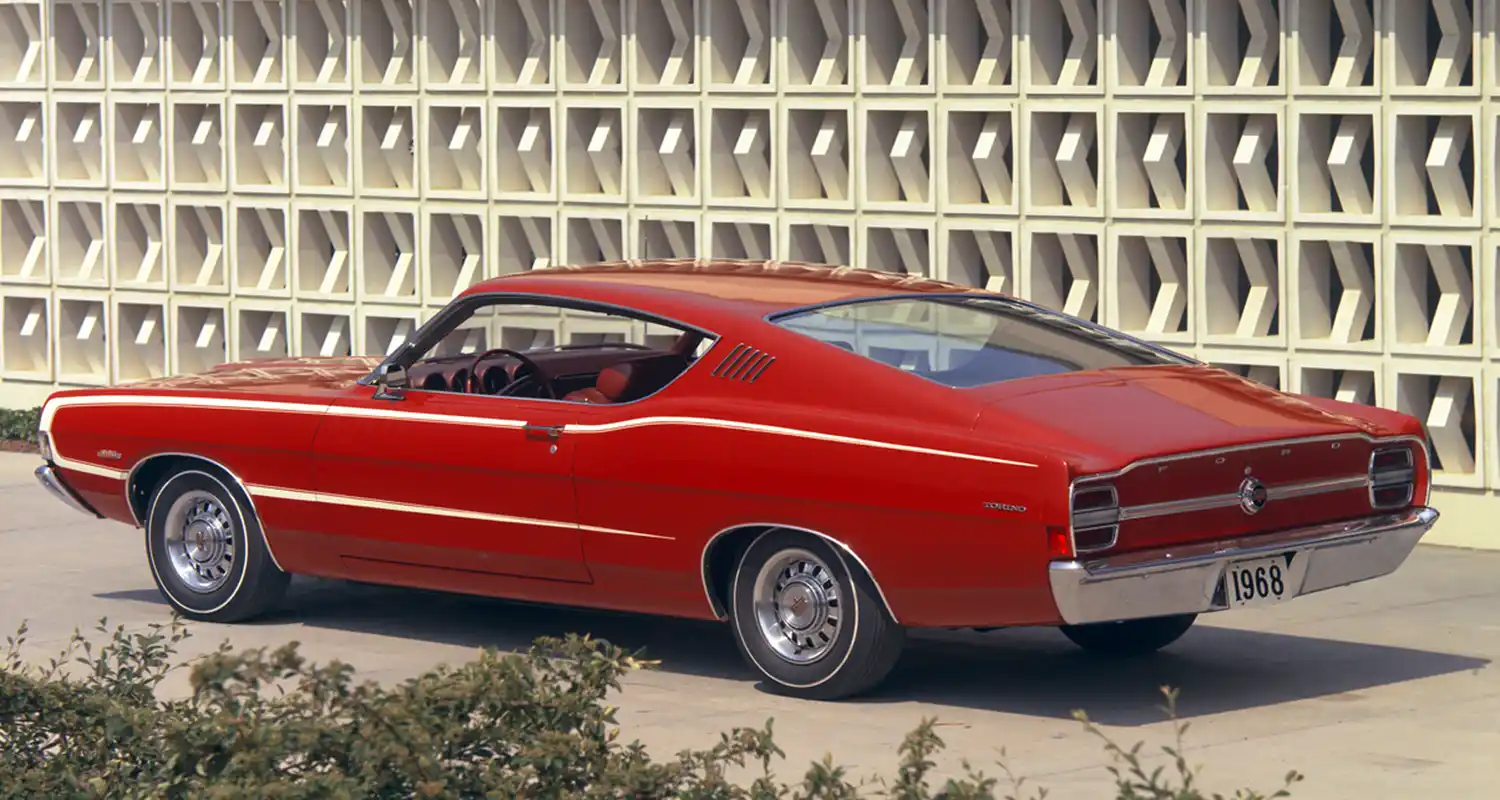
Transition to Mainstay
The year 1970 marked a pivotal moment in the Torino’s history, as Ford transitioned it from being merely a Fairlane trim level to the primary designation for its intermediate-sized vehicles. While the Fairlane name persisted for the 1970 model year, it was relegated to a subseries of the Torino, indicating its diminishing role. By 1971, the Fairlane name was officially dropped from Ford’s lineup altogether, and all intermediate models carried the Torino badge. This shift coincided with a redesign that gave the Torino an even more distinct and often bolder appearance, further solidifying its new status as a standalone and highly recognizable model.
Impact and Legacy
The Ford Torino’s evolution from a Fairlane variant to a leading nameplate was a strategic success, allowing Ford to adapt to changing automotive trends and consumer desires. Its strong performance in motorsports, particularly its dominance in NASCAR with the Torino Talladega and King Cobra variants, cemented its image as a formidable and capable machine. The Torino’s legacy endures as a versatile platform that offered everything from comfortable family sedans and wagons to high-performance coupes, reflecting a dynamic period in American automotive design and engineering. It remains a celebrated model among classic car enthusiasts, recognized for its distinctive style and significant contribution to Ford’s heritage.
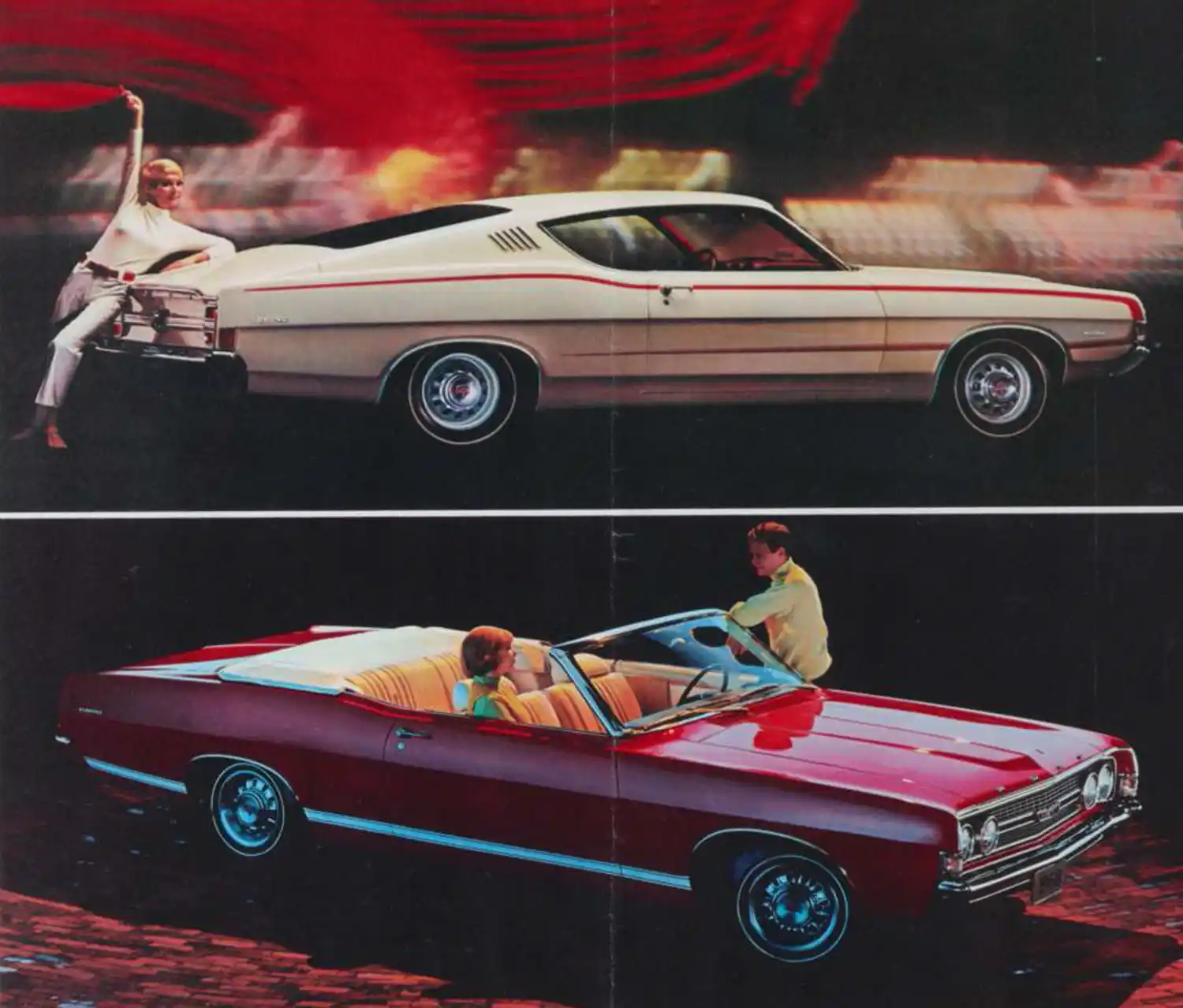
Summary
- Ford Torino originated as an upscale trim of the Fairlane.
- Introduced for the 1968 model year with distinct styling.
- Offered a range of engines from 6-cylinders to powerful V8s.
- Torino GT models provided performance options.
- Became the primary intermediate nameplate in 1970.
- Fairlane name was discontinued by 1971.
- Achieved success in motorsports, notably NASCAR.
Disclaimer: This article provides general historical and informational content about the Ford Torino, based on widely available records. Specific details about individual vehicles may vary, and any historical vehicle should always be thoroughly inspected independently.
Source: Ford Heritage Vault
AI Assistance: Gemini
